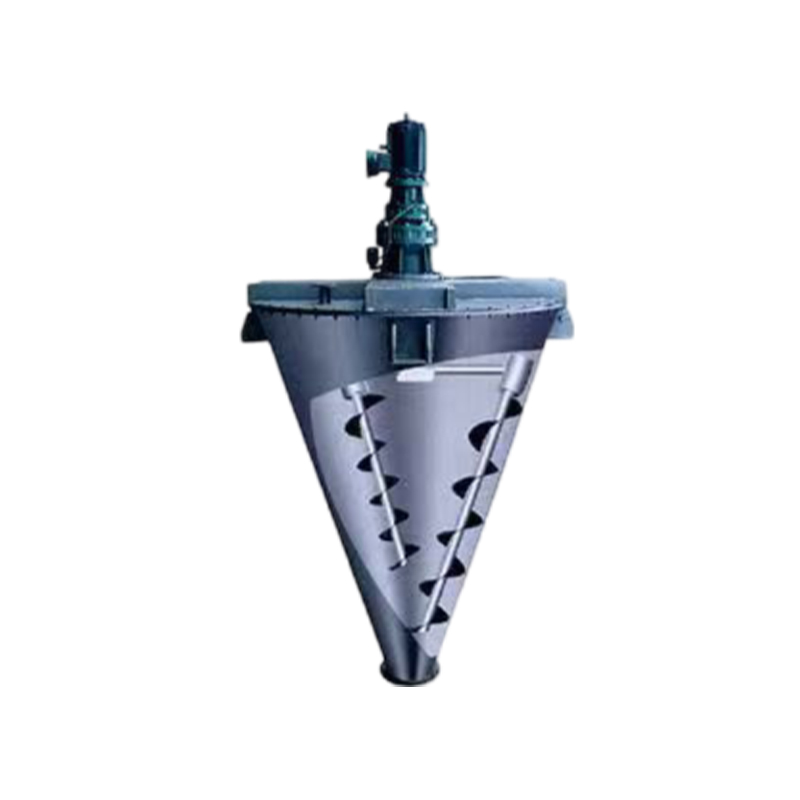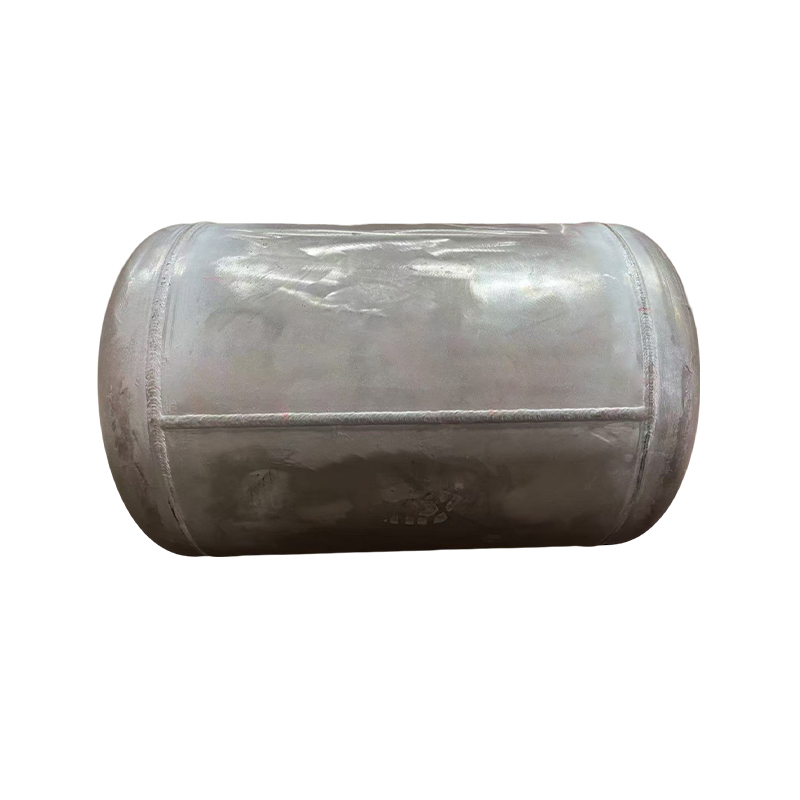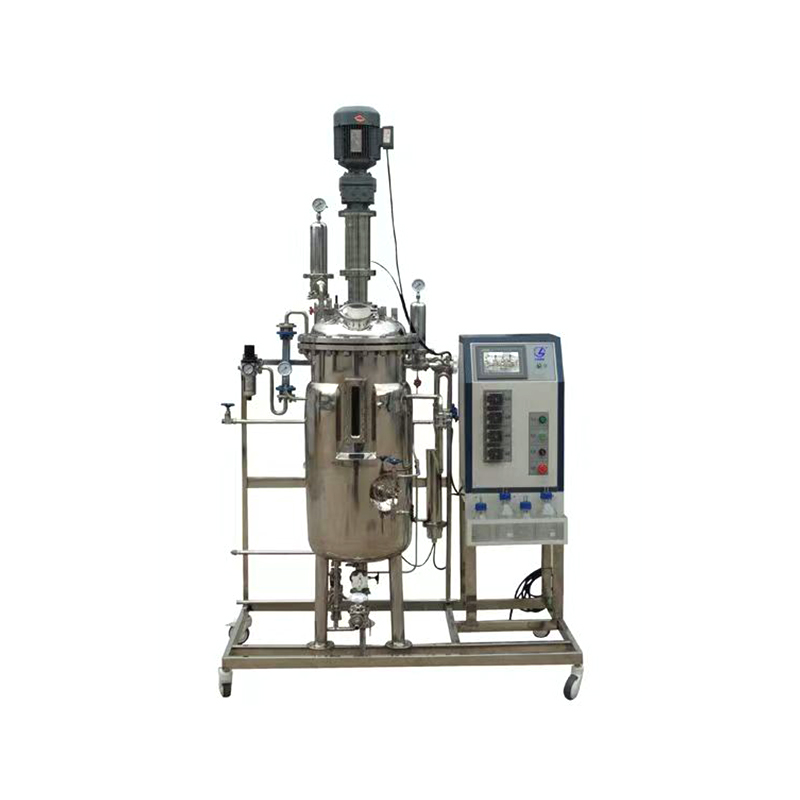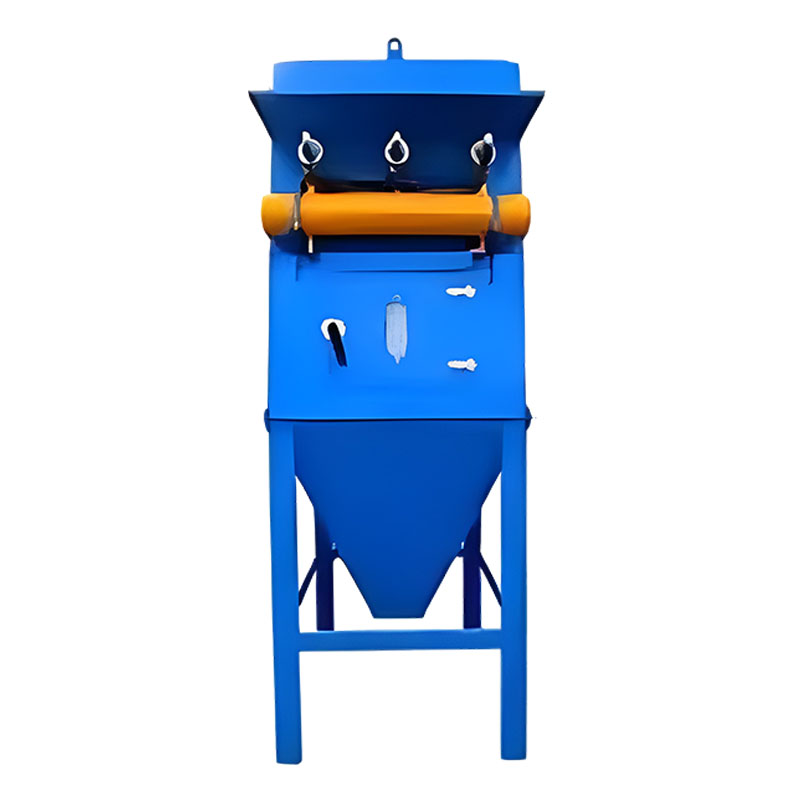How to design the impeller structure of industrial fermentation tank to optimize dissolved oxygen and mixing effect?
Release Time : 2025-09-22
The design of a fermentation tank impeller structure must prioritize improved dissolved oxygen efficiency and mixing uniformity. Performance breakthroughs are achieved through blade type selection, geometric parameter optimization, and coordinated flow field control. In a fermentation tank, dissolved oxygen levels directly influence microbial metabolic efficiency, while mixing efficiency determines the uniform distribution of substrate and product. Together, these two factors constitute key control parameters for the fermentation process. Traditional single-blade impeller designs struggle to balance bubble breakup with overall circulation requirements. Therefore, modern fermentation tanks commonly utilize a composite impeller system: a lower layer of radial-flow impellers (such as six-blade turbine impellers) employs strong shear forces to efficiently break up the incoming sterile air, forming micron-sized bubbles and inhibiting coalescence, significantly increasing the gas-liquid contact area. An upper layer of axial-flow impellers (such as four-blade propellers) utilizes axial flow to propel the liquid upward and downward, eliminating stratification within the tank and ensuring uniform dissolved oxygen distribution. This combination leverages the localized high shear forces of the radial-flow impellers to enhance dissolved oxygen while simultaneously eliminating oxygen-depleted zones through global circulation provided by the axial-flow impellers, creating a flow field structure with complementary advantages.
The geometric parameters of the impellers have a crucial influence on dissolved oxygen and mixing performance. The ratio of impeller diameter to fermentation tank diameter must be adjusted based on the characteristics of the fermentation broth. High-viscosity systems (such as certain fungal cultures) require a larger impeller diameter ratio (0.4-0.5) to enhance local shear forces and promote bubble dispersion. Low-viscosity systems (such as bacterial cultures) are better suited to a smaller ratio (0.3-0.35) to avoid excessive energy consumption. Optimizing the impeller pitch angle can further improve flow distribution. For axial flow impellers, a 15° pitch increases liquid circulation flow by approximately 20% while reducing power consumption by 10%, optimizing energy efficiency. Furthermore, the number of impellers and the spacing between layers must be precisely matched to the fermentation tank. Typically, two to three layers of impellers are used, with a spacing of two to three times the impeller diameter. This ensures that the flow fields generated by each layer overlap without interference, creating a three-dimensional circulation system throughout the tank.
Baffle design is a key auxiliary structure for enhancing mixing in fermentation tanks. Full baffles (baffle width 1/10 of the tank diameter) completely eliminate tangential flow, transforming liquid flow into a combined axial and radial motion, reducing mixing time by approximately 40%. However, excessive baffles can lead to a sharp increase in power consumption, necessitating a trade-off between mixing efficiency and energy consumption. In practical designs, four to six vertical baffles, each 1/10 to 1/8 of the tank diameter, are often used. A 10-20mm gap is maintained between the bottom of the baffles and the tank floor to prevent sediment accumulation from affecting the flow field. For fermentation tanks with a large height-to-diameter ratio, horizontal tubes can be installed in the lower middle portion of the tank to enhance turbulence and serve as heat exchange elements, achieving synergistic optimization of mixing and temperature control.
Flow field simulation technology provides a quantitative basis for impeller design. Computational fluid dynamics (CFD) can accurately predict gas-liquid distribution, streamline trajectories, and shear force fields for different impeller combinations. For example, simulations show that a combination of a six-curved-blade turbine impeller and a four-wide-blade propeller significantly reduces the standard deviation of the gas holdup distribution within the tank under aerated conditions, indicating significantly improved mixing uniformity. Particle image velocimetry (PIV) technology can verify simulation results, ensuring the accuracy of design parameters and avoiding insufficient dissolved oxygen or uneven mixing caused by dead zones in the flow field.
Material selection and manufacturing processes directly impact the durability and performance stability of agitator impellers. Fermentation tank impellers are subject to long-term exposure to corrosive culture media and high-temperature steam sterilization environments. Therefore, the impellers and shafts must be made of corrosion-resistant materials such as 316L stainless steel or Hastelloy, with a surface polish of Ra ≤ 0.4μm to reduce microbial adhesion. Dynamic balancing accuracy must meet G1.0 to prevent vibration at high rotation speeds (100-300 rpm) from causing seal failure or impeller deformation. For large fermentation tanks, impellers can adopt a hollow structure to reduce the moment of inertia. Finite element analysis (FEA) can also be used to optimize the wall thickness distribution to ensure that strength meets requirements.
In actual operation, the agitator speed must be dynamically matched to the aeration rate. While high speeds can increase dissolved oxygen, they may damage microorganisms (such as filamentous fungi) due to excessive shear forces. Low speeds can lead to insufficient mixing. Therefore, it's necessary to experimentally determine the optimal speed range and implement feedback control in conjunction with online dissolved oxygen detection. For example, in antibiotic fermentation, when the dissolved oxygen concentration falls below a critical value, the system automatically increases the speed and ventilation volume to maintain stable dissolved oxygen while preventing excessive shear stress.
Optimizing the impeller structure of a fermentation tank requires a comprehensive consideration of process requirements, equipment cost, and operational efficiency. Through composite impeller combinations, refined geometric parameter design, flow field simulation verification, and dynamic control strategies, it is possible to simultaneously improve dissolved oxygen efficiency and mixing uniformity, providing an optimal environment for microbial growth and product synthesis, ultimately enhancing fermentation yield and product quality.







